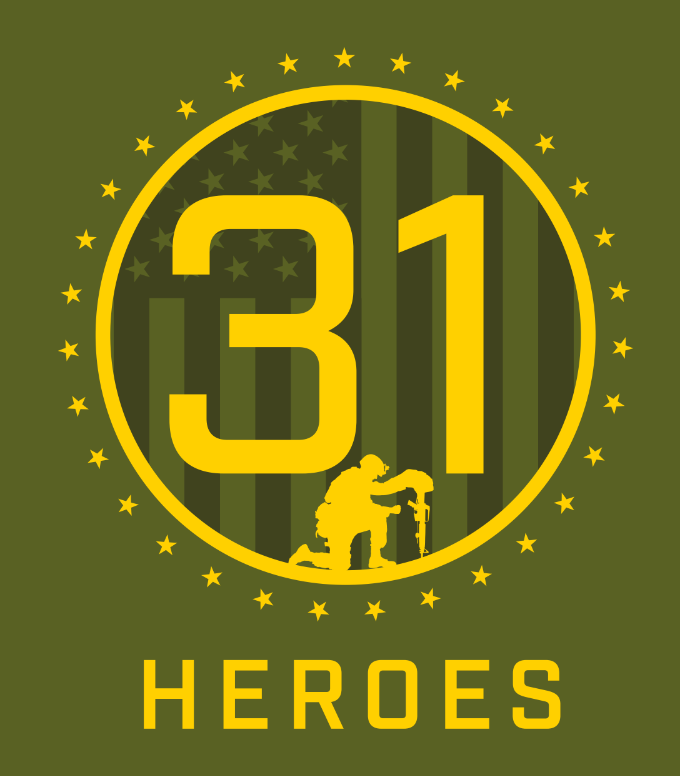Tryout Planning
I find the multi-day tryout to be a challenging endeavor. As a youth coach, I’ve perceived tryouts as a necessary step to establish our ‘A’ and ‘B’ teams, albeit a process that can feel somewhat political, aimed at affording every child an opportunity. However, my experience has shown that the majority of the roster tends to comprise returning players, making the exhaustive planning, time allocation, and energy investment for tryouts somewhat burdensome. Handling 60 or more players simultaneously on the field poses a significant logistical challenge.
Over time, I’ve gained insights that have streamlined the tryout process for me. Primarily, I’ve learned that simplicity is key. Utilizing fewer stations, activities, and a straightforward evaluation format has markedly eased the process. Here are some suggestions aimed at enhancing our tryout process:
Evaluation Team:
Before delving into the specifics, assembling a robust evaluation team is paramount. It’s impractical to fairly assess 60 kids with only a couple of coaches. Importantly, tryouts are about evaluating talent, not showcasing our strategic approaches or proprietary methodologies. Hence, having external evaluators can bring objectivity to the process. It’s essential to have a minimum of five to six evaluators, with seven being optimal. This ensures comprehensive coverage and allows one coach to oversee stations while others evaluate.
Preparations:
Preparation basics entail detailed practice plans and providing copies for evaluators or interested parents. Additionally, ensuring an adequate supply of clipboards, whistles, pens, and evaluation sheets is crucial. Communicating the requirement for reversible pennies to tryout candidates is essential. Most importantly, assigning a unique number to each player facilitates impartial evaluation. In the absence of individually numbered pennies, large numbered sheets of paper pinned to jerseys can serve the purpose. Maintaining a registration record correlating players with their assigned numbers is indispensable for reference during evaluations.
Tryout Stations:
I advocate for fewer stations and more full-field scrimmages to effectively gauge players’ abilities. Dividing players into four groups for three stations allows for a rotating system. Below are some recommended tryout stations:
- Star Drill Station: Basic passing, catching, and ground ball drills offer immediate insights into players’ skills.
- 3v2 Ground Ball Station: This station emphasizes quick ball retrieval, effective ball movement, and basic field awareness.
- 4v4 Station: Utilizing short sticks and poles, this station creates an even playing field for players to showcase their skills in various scenarios.
- Wildcat – Short Full Field: A 3v2 drill on a 70-yard field assesses team and individual speed in transition.
Full Field Scrimmage:
Following the stations and the wildcat drill, a 70-minute full-field scrimmage ensues, divided into two halves. Coaches facilitate rotations to ensure fair play and comprehensive evaluation.
Evaluation:
During the tryout, each evaluator employs a standardized form with three columns: Advanced, Proficient, and Developmental. Evaluators record players’ numbers in the appropriate column based on their performance. Post-scrimmage, coaches identify top performers in each category, streamlining the decision-making process for final roster selections.
In conclusion, implementing these strategies can optimize the tryout process, ensuring fair assessment and facilitating informed roster decisions.
